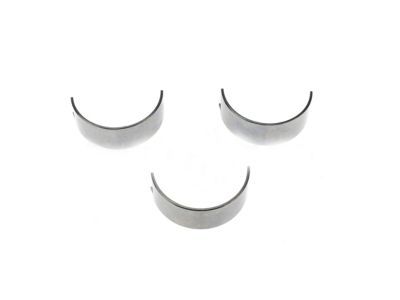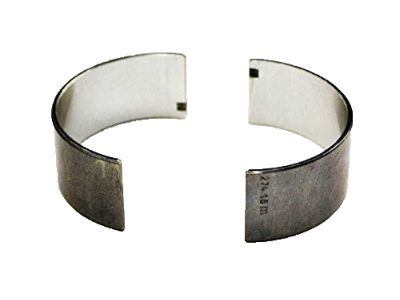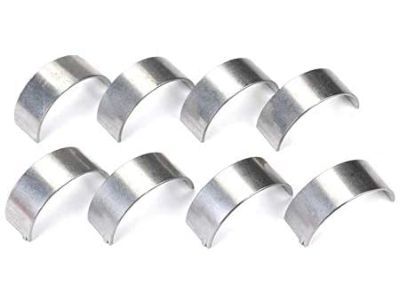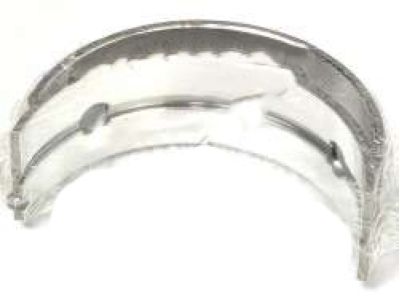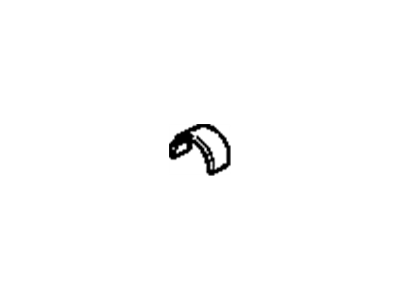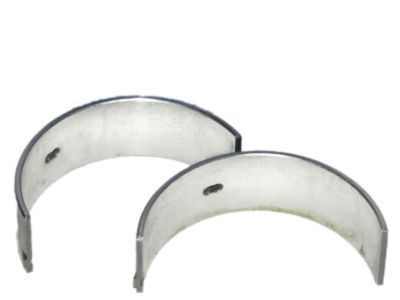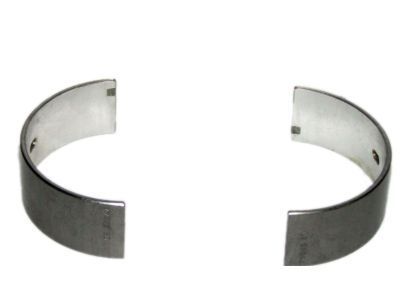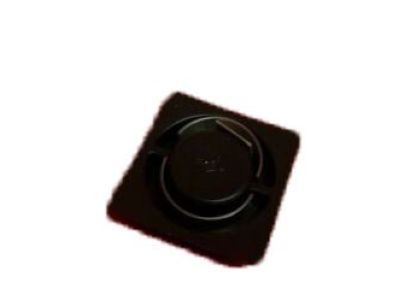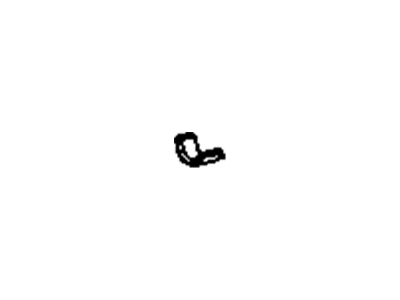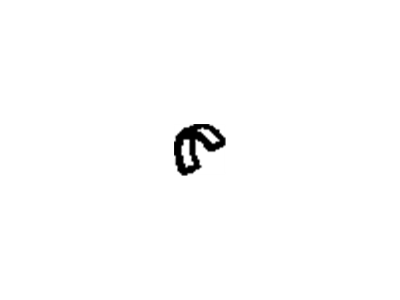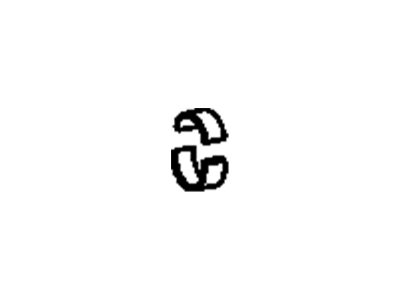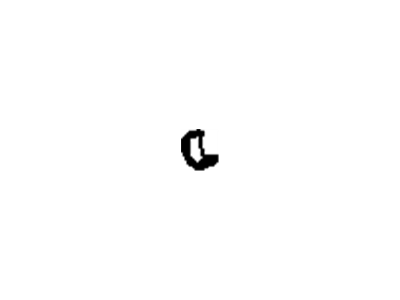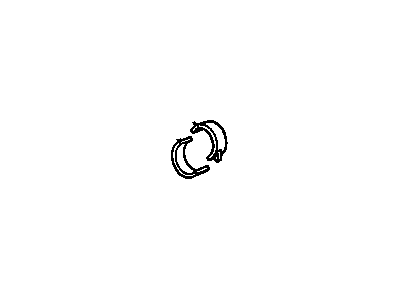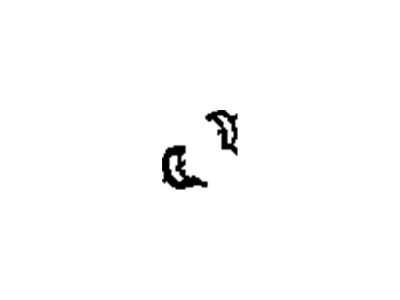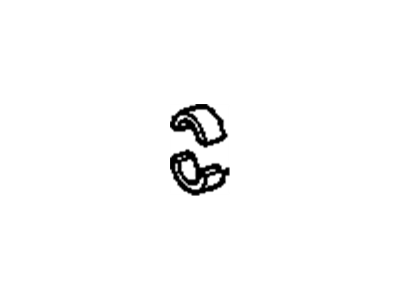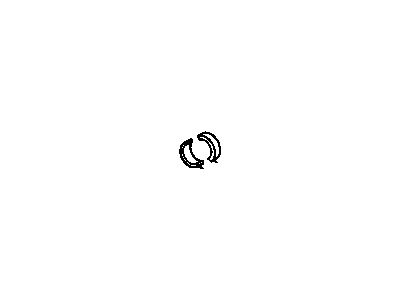
My Garage
My Account
Cart
Genuine Oldsmobile Rod Bearing
Engine Connecting Rod Bearing- Select Vehicle by Model
- Select Vehicle by VIN
Select Vehicle by Model
orMake
Model
Year
Select Vehicle by VIN
For the most accurate results, select vehicle by your VIN (Vehicle Identification Number).
34 Rod Bearings found
Oldsmobile Bearing Kit,Connect Rod
Part Number: 12591093$42.65 MSRP: $72.96You Save: $30.31 (42%)Ships in 1-3 Business DaysProduct Specifications- Other Name: BEARING KIT, Engine Connecting Rod; Bearing, Bearing Set
- Replaces: 21018825
- Product Specifications
- Other Name: BEARING KIT, Engine Connecting Rod; Bearing
- Replaces: 12482056, 12360473
Oldsmobile Bearing Kit, Connect Rod(Std)
Part Number: 93209483$17.98 MSRP: $36.26You Save: $18.28 (51%)Product Specifications- Other Name: BEARING KIT, Engine Connecting Rod; Bearing, Connecting Rod Bearing
- Replaces: 12508912, 52285320, 94653937
Oldsmobile Bearing Kit,Connect Rod
Part Number: 89017791$20.35 MSRP: $33.69You Save: $13.34 (40%)Ships in 1-2 Business DaysProduct Specifications- Other Name: BEARING KIT, Engine Connecting Rod; Bearing
- Replaces: 12482716
Oldsmobile Bearing Kit,Connect Rod
Part Number: 19256448$15.87 MSRP: $26.27You Save: $10.40 (40%)Ships in 1-2 Business DaysProduct Specifications- Other Name: BEARING; Bearings
- Replaces: 12522101, 88893897
Oldsmobile Bearing Kit,Connect Rod
Part Number: 12559363$27.06 MSRP: $43.16You Save: $16.10 (38%)Ships in 1-2 Business DaysProduct Specifications- Other Name: BEARING KIT, Engine Connecting Rod; Bearing, Bearing Set, Connecting Rod Bearing
- Replaces: 03543901, 3543901
- Product Specifications
- Other Name: BEARING KIT, Engine Connecting Rod; Bearing, Connecting Rod Bearing
- Replaces: 12329837
- Product Specifications
- Other Name: BEARING KIT, Engine Connecting Rod
- Replaces: 12523928
- Product Specifications
- Other Name: BEARING KIT, Engine Connecting Rod; Bearing, Connecting Rod Bearing
- Product Specifications
- Other Name: BEARING KIT, Engine Connecting Rod
Oldsmobile Bearing Kit,Connect Rod
Part Number: 12523924$32.23 MSRP: $53.34You Save: $21.11 (40%)Ships in 1 Business DayProduct Specifications- Other Name: BEARING KIT, Engine Connecting Rod; Bearing, Connecting Rod Bearing
- Replaces: 12523927
Oldsmobile Bearing Kit,Connect Rod
Part Number: 89017700$15.81 MSRP: $25.21You Save: $9.40 (38%)Ships in 1-2 Business DaysProduct Specifications- Other Name: BEARING KIT, Engine Connecting Rod
- Replaces: 12480819, 12537418, 89017565, 18005399
Oldsmobile Bearing Kit,Connect Rod
Part Number: 12480255$0.38 MSRP: $0.59You Save: $0.21 (36%)Ships in 1-2 Business DaysProduct Specifications- Other Name: BEARING KIT, Engine Connecting Rod; Bearing, Connecting Rod Bearing
- Replaces: 12518302
Oldsmobile Bearing Kit,Connect Rod (.002U/S)
Part Number: 12329426$3.87 MSRP: $20.29You Save: $16.42 (81%)Ships in 1-2 Business DaysProduct Specifications- Other Name: BEARING KIT, Engine Connecting Rod
- Product Specifications
- Other Name: BEARING KIT, Engine Connecting Rod
- Product Specifications
- Other Name: BEARING KIT, Engine Connecting Rod
- Product Specifications
- Other Name: BEARING KIT, Engine Connecting Rod
- Product Specifications
- Other Name: BEARING KIT, Engine Connecting Rod
| Page 1 of 2 |Next >
1-20 of 34 Results
Oldsmobile Rod Bearing
Looking to acquire brand new parts? Consider exploring our extensive inventory of genuine Oldsmobile Rod Bearings. Our offering of OEM Oldsmobile Rod Bearings not only comes with competitive prices but also includes a manufacturer's warranty. For added convenience, we provide a hassle-free return policy and rapid delivery service. Shop with confidence on our platform.
Oldsmobile Rod Bearing Parts Questions & Experts Answers
- Q: How can pistons and Rod Bearing be properly installed in V8 engine on Oldsmobile Cutlass?A:With the pistons complete with piston rings and connecting rods, they can be installed in the engine. Ensure the cylinder bores are perfectly clean by wiping the cylinder walls several times with light engine oil and a clean, lint-free cloth. Lubricate the connecting rod bearings and install them into their appropriate rod and rod cap. Lightly coat the pistons, rings, and cylinder walls with light engine oil. To prevent the threaded bolts from possibly damaging the cylinder wall or crankshaft journal as the piston/rod assembly is pushed into place, install a length of rubber or plastic tubing over the connecting rod studs on one rod assembly. Check that all the piston ring gaps are positioned properly. Verify that the piston/rod assembly is correctly positioned, noting that most pistons will be marked with an 'F' or a drilled-out area indicating the piston should be installed with these marks toward the front of the engine, and the rod bearing tang slots should be towards the outside of the engine block once installed. Place a piston ring compressor around the piston, ensuring the base of the compressor is flush with the cylinder block, and tighten it until the rings are flush with the piston surface before pushing the piston assembly into the bore. A wooden hammer handle can be used to tap the top of the piston slightly while holding the ring compressor solidly against the cylinder block until all rings are inside the bore, then continue pushing until the connecting rod is near its installed position. Ensure that all bearing surfaces and the crankshaft journal are coated with engine oil, then remove the tubing protector pieces and install the connecting rod bearing cap (with bearing) to the connecting rod. Torque the nuts to specification and repeat this procedure for all cylinders, using the rubber or plastic tubing on each assembly to prevent damage as the pistons are pushed into place, rotating the crankshaft as necessary to make the connecting rod nuts accessible for tightening.
